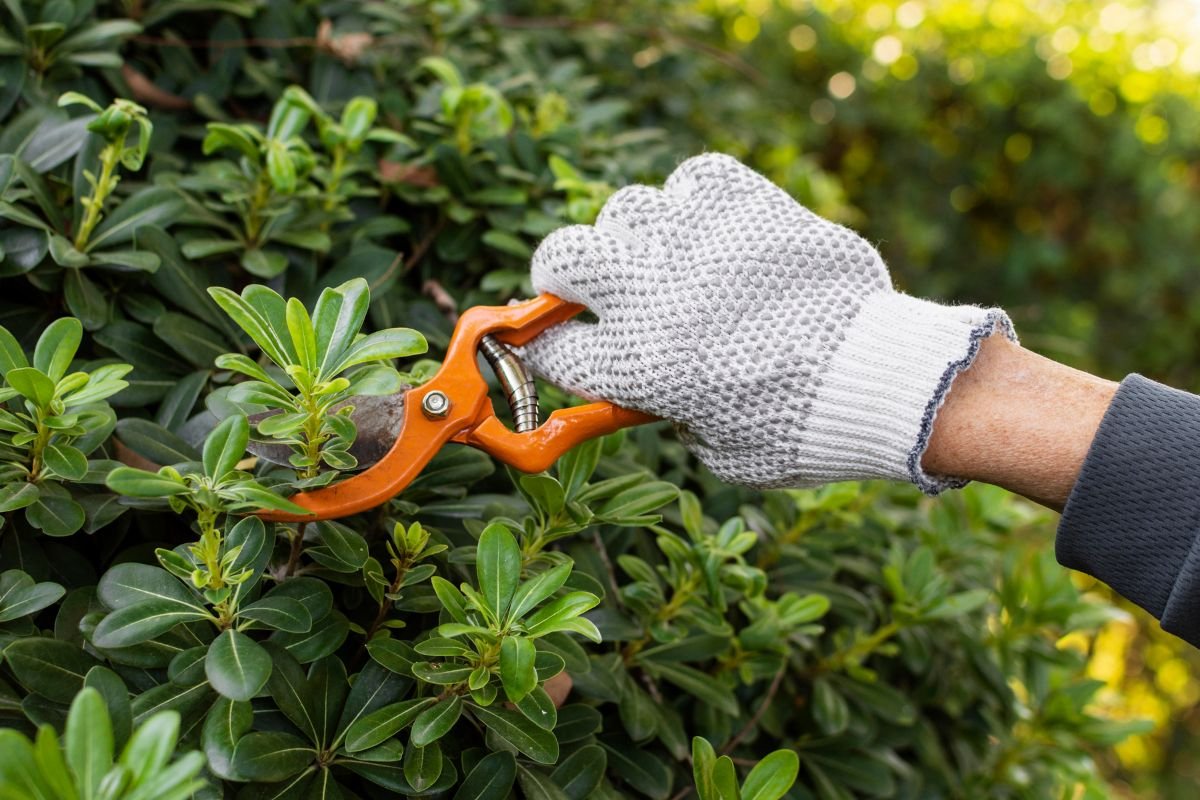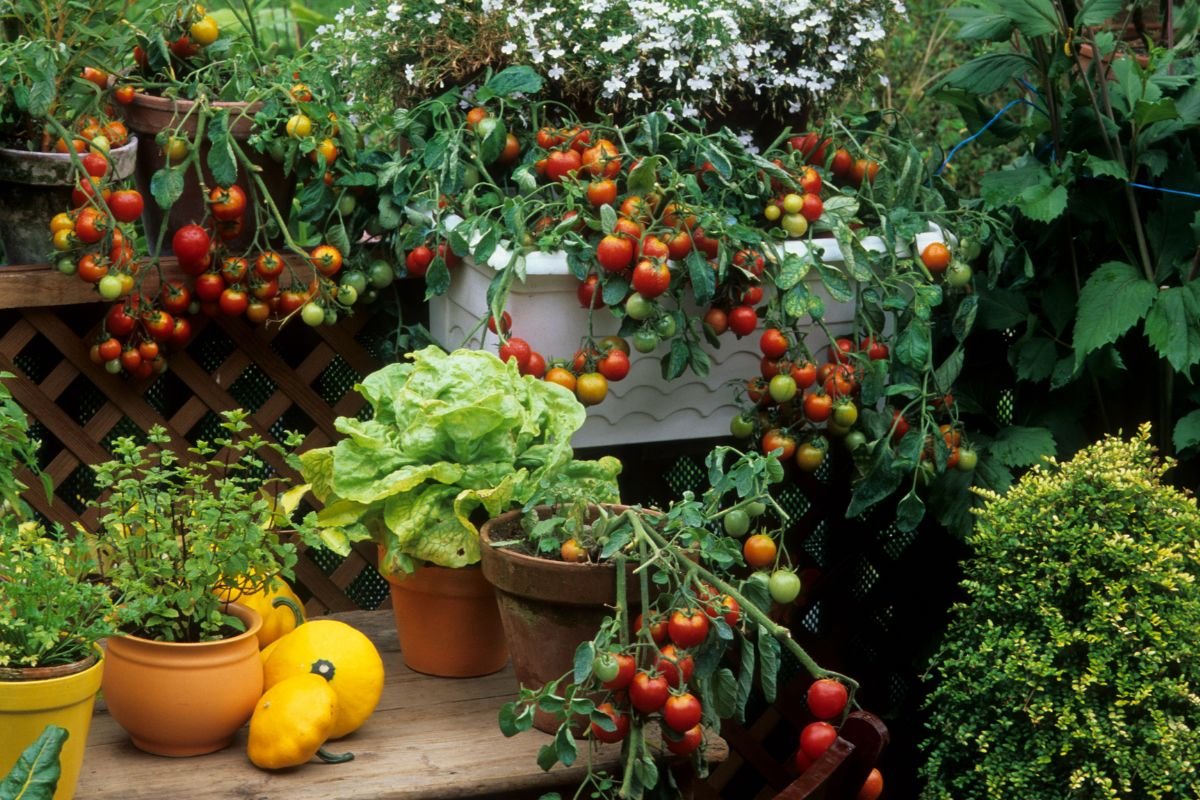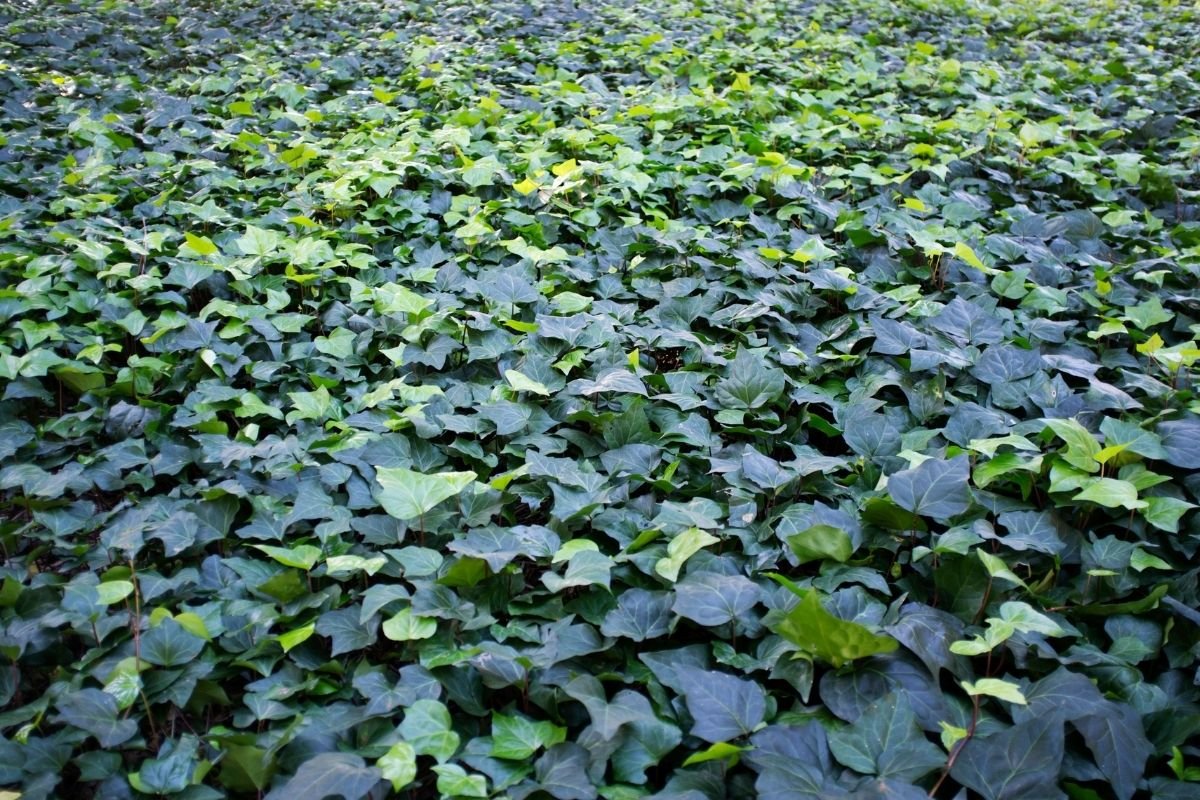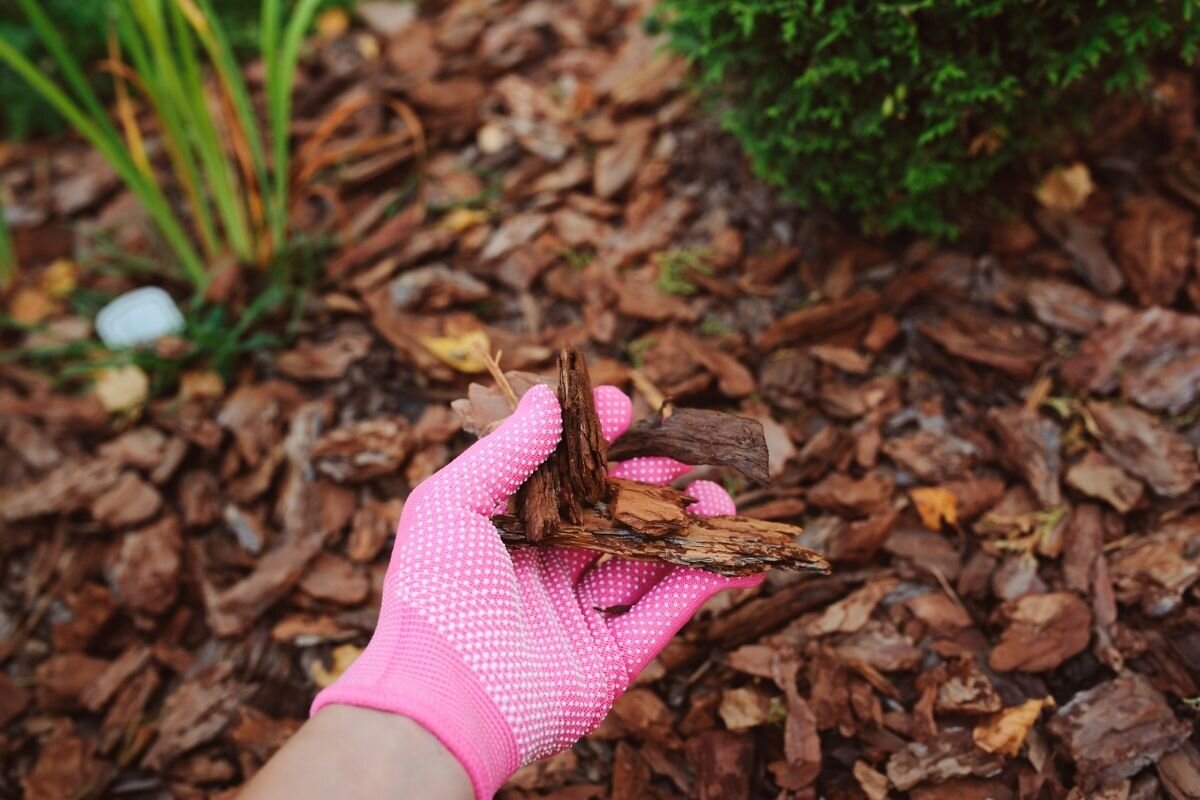Valentine’s Day is just around the corner, and couples across the motu are frantically racking their brains trying to come up with the perfect gift to symbolise their love for their significant other.
While you can’t go wrong with a traditional box of choccies and a few red roses, you can certainly afford to lift your game if you start planning for the big day in advance. If you have a lawn-loving partner and believe they’re deserving of a pleasant surprise, consider any of these romantic gestures below.
Ask Your Lawn Mowing Pro to Make it Personal
While your lawn care service provider may already provide a lawn mowing service to make your life easier, why not have them go the extra mile so that your significant other can have a yard of which they’re proud?
On the week of Valentine’s Day, you may like to change your service up a little bit by adding hedge trimming, tree pruning, or garden edging to your requirements. To someone who appreciates a neatly manicured yard, it can be even more perfect than a box of chocolates that you’ll likely make them share.
Hire a Lawn Mowing Service Provider
If you haven’t already hired someone to visit your property on a regular schedule and keep your yard looking as pretty as a picture, then your Valentine’s Gift to your partner might be this very thing. Having someone taking care of yard maintenance allows you to spend your spare time doing more of the things you love.
You may decide to opt for a one-off lawn mowing service as a kind gesture or set up a regular contract so that you never have to concern yourself with lawn mowing again.
Be a Sweetheart to Your Lawn
Many couples divide their chores between themselves. One partner might take care of inside chores like dishes, vacuuming, and laundry, while the other might manage the yard work, such as lawn mowing and gardening.
Rather than purchasing a gift this year, why not take on their share of yard maintenance for the week? You might treat your lawn to a much-needed haircut, spray the weeds, cut the edges, and even tidy up the gardens. When your yard-proud partner comes home, they’re bound to be impressed with what you’ve achieved.
Purchase a Lawn Mowing Franchise
While making any significant purchases generally requires discussion with your significant other, you may decide to broach the idea of purchasing a lawn mowing franchise. Alternatively, if they’ve already considered it, use Valentine’s Day as an opportunity to give your blessing for it to happen.
Service is the love language of lawn mowing operators, and a lawn mowing franchise might be the very opportunity you and your partner have been looking for.
Create An Outdoor Oasis
Most people love coming home from work and relaxing in the sunshine while admiring their private backyard. Unfortunately, not everyone has an idyllic spot in their backyard to enjoy to its full potential.
This Valentine’s Day, you might be able to change that. While it’s possibly too late to call in the builders for an expansive deck, pergola, or concreted patio area, you’ve still options galore.
You may like to purchase paving stones to create a small area for relaxing, then tie the look together with outdoor furniture, lighting, and even a barbecue. Not only can this be an incredible surprise for the love of your life, but it may even increase your property value.
Purchase New Lawn Equipment
Lawnmowers, edgers, trimmers, and other lawn equipment, don’t last forever. Over time, they can become worn out and cause no end of frustration for the user.
If you’ve noticed that your partner is spending more time berating your lawn equipment than actually using it, visit your local garden shop and see if an upgrade could be on the cards. A simple bow wrapped around the handle of a brand new lawnmower may just make your partner’s day.
Buy Outdoor-Related Gifts
A lot of people don’t buy into the whole idea of Valentine’s Day because they don’t like the thought of gifting heart-shaped boxes of chocolates or purchasing overpriced red roses by the dozen. Fortunately, those aren’t the only gift options you have.
For your lawn-loving partner, an outdoor-related gift will likely be well-received, and there are plenty of options to choose from. You might decide to purchase a lawn ornament like a birdbath or fountain, or even something sensible but practical like outdoor seating.
Even a new barbecue, pizza oven, or spa pool is likely to be adored, especially when they are gifts you can enjoy together. Think long and hard about what your yard is lacking so that you can claim the title of having the best Valentine’s Day gift ever.
Contact Crewcut to get started in your search of the perfect gift to give your lawn-loving partner!






















































